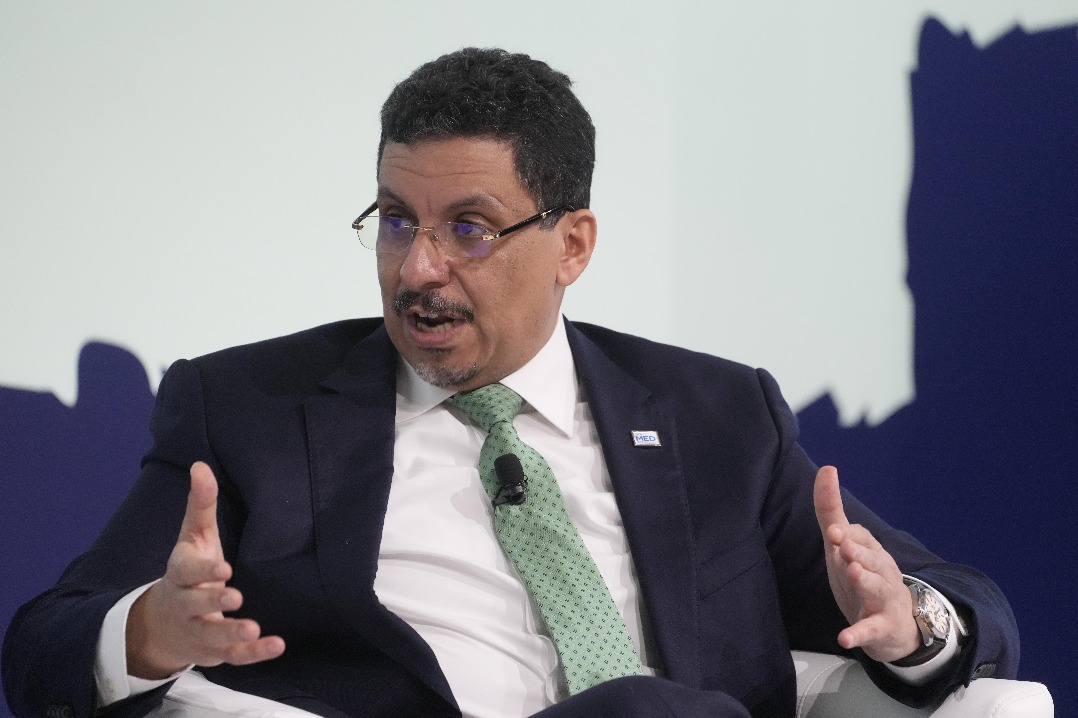CBDCs can foster economic inclusion






Central banks around the world are considering whether to issue their own digital currencies. While financial inclusion is often cited as a key motivation, this outcome is not automatic.
Precisely how can central bank digital currencies, or CBDCs, be designed and implemented to ensure that "unbanked" people have access to essential financial services?
According to the World Bank, 1.7 billion adults worldwide are not served by a bank or similar financial institution. With no access to services from the formal financial sector, they are forced to resort to alternatives, often at significant cost or risk. Such financial exclusion entrenches poverty, limits opportunity and prevents people from protecting themselves against hardship. It also stifles hope for a better future.
Financial inclusion starts, but does not end, with the ability to make and receive payments. People need a fast, secure and cheap way to transfer money. To date, central banks have largely met this need by providing the most inclusive form of money we currently have: cash. But using cash exclusively leaves the unbanked outside the formal financial system and without the data and transaction trail needed to readily access financial services. This can make it much more difficult for small businesses to build savings and gain access to credit.
But the payments landscape is changing, due to the widespread adoption of digital and mobile technologies. Cash transactions are declining amid a shift toward digital payments-a trend accelerated by the COVID-19 pandemic, when online transactions surged. Given these broad developments, it is imperative that we work to close the widening digital divide. Central banks and policymakers now have an opportunity to explore reforms, including the issuance of digital central bank money for all.
Central bank digital currencies could offer an opportunity to overcome some barriers facing the unbanked. Traditional services have potentially prohibitive costs and requirements such as transaction fees, minimum account balances or formal proof of identification. Additional obstacles include the low level of trust in digital payments and the lack of smartphones among some groups.
While CBDCs are not the only way to overcome these barriers, they could be part of the inclusion toolkit. Central banks are already coordinating further improvements to retail payments by adopting fast payment systems, and CBDCs represent a natural extension of this continuum. Both fast payment systems and CBDCs can spur competing providers to offer new services, lower costs, and, ultimately, broaden access. A further benefit of CBDCs is that, by their very nature, they will incorporate the unique advantages of central-bank money-safety, finality, liquidity, and integrity.
CBDCs could bypass many of the vested commercial interests that have cropped up around payment systems and contributed to inefficiencies and costs for users. They could also lower costs by removing the credit and liquidity risks inherent in other forms of digital money. A CBDC has the potential to upgrade and connect payment systems-both domestically and across borders. It could spur countries with limited financial infrastructure to leapfrog directly to a CBDC arrangement, creating an opportunity to connect to an inclusive, safe and efficient payment system.
There are also benefits for social policies. For example, governments could use CBDCs to channel financial support to low-income households, which would deepen longer-term inclusion and act as another gateway to other financial services.
To realize these benefits, any CBDC rollout must be accompanied by policy reforms and safeguards to address potential difficulties and risks, such as low levels of financial and digital literacy, and operational challenges including cybersecurity. Policy reforms also should prevent the danger that money will be held in large amounts in CBDC wallets, rather than as deposits in commercial banks, making it unavailable for lending (such as mortgages) and other productive purposes.
Central banks also should consider designing CBDCs to level the playing field by giving people control over their transaction data and the ability to share it with a wider set of financial-service providers. Growing concerns about data privacy could be addressed by hard-wiring personal data protections into the structure of a CBDC.
Central banks exploring CBDCs will have many design choices to make to balance privacy protection and transparency, and to ensure both financial inclusion and financial integrity. They will need to consider whether to grant direct access to consumers or to use a purely intermediated model that offers CBDC digital wallets through banks or nonbank financial-service providers. More dialogue, research and trials will be needed to show how CBDCs can best become engines of financial inclusion.
Central bankers and other public-sector representatives have a duty to ensure the financial system is inclusive, open, competitive and responsive to the needs and interests of all groups. If designed properly, CBDCs hold great promise to help support a digital financial system that works for everyone.
COPYRIGHT: PROJECT SYNDICATE, 2021.
Queen Maxima of the Netherlands is the United Nations secretary-general's special advocate for inclusive finance for development. Agustin Carstens, a former governor of the Bank of Mexico, is general manager of the Bank for International Settlements.





























